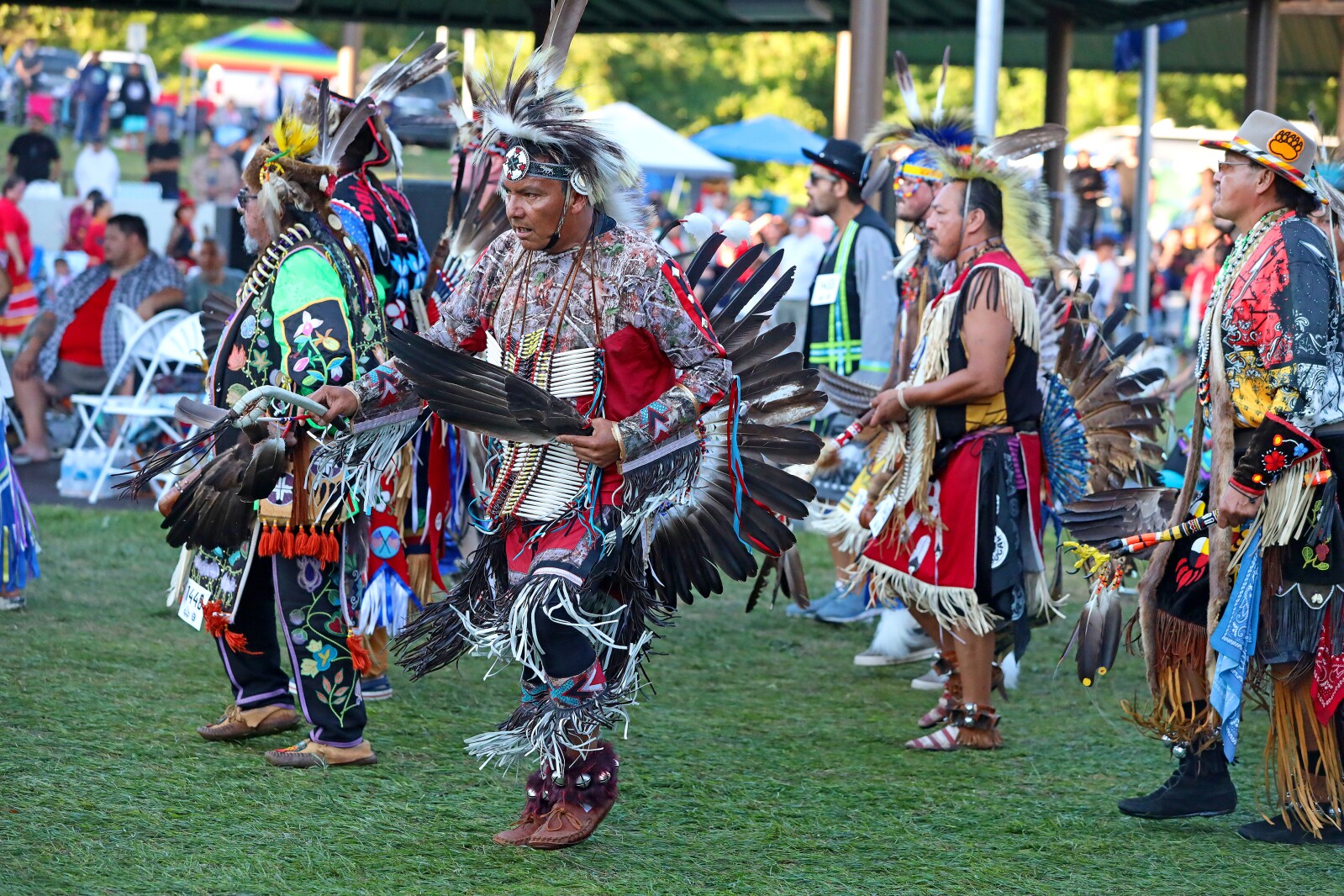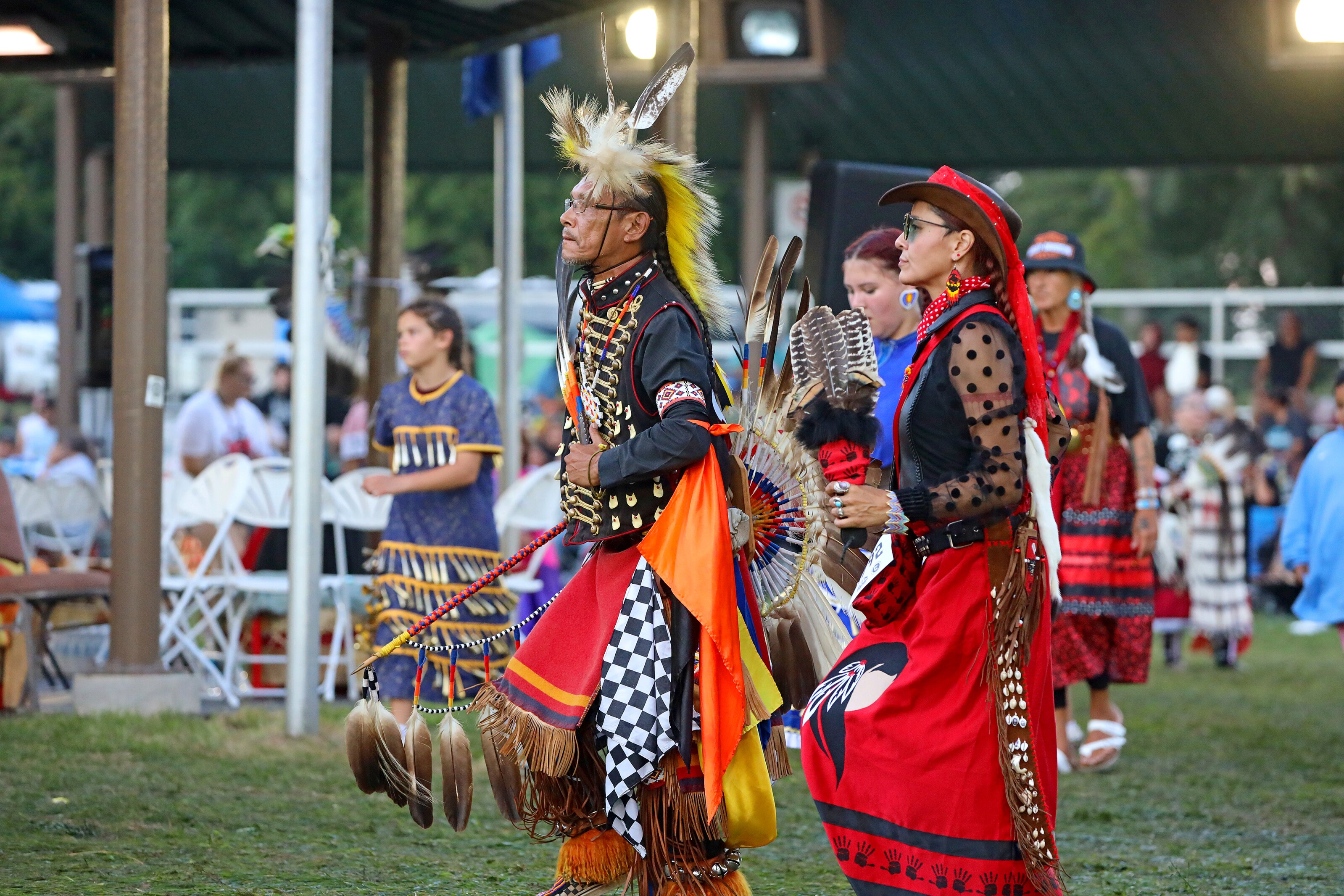
>
Tracing the Anishinaabe Footprints: A Journey Through Ojibwe Historical Lands of the Great Lakes
The Great Lakes region is a landscape etched deep with history, not just of geological formation or colonial expansion, but of the vibrant Indigenous nations who have called it home for millennia. Among the most prominent of these are the Anishinaabeg, specifically the Ojibwe (also known as Chippewa), whose historical lands paint a sprawling, intricate map across what is now Canada and the United States. To understand this map is to embark on a journey through profound history, rich cultural identity, and enduring resilience that continues to shape the region today.
This isn’t merely a geographical exercise; it’s an exploration of a living heritage. For the Ojibwe, the land (Aki) is not just territory but an extension of identity, a repository of stories, spiritual pathways, and the very essence of their being. When we speak of Ojibwe historical lands, we are talking about a world interconnected by waterways, forests, and the movements of people who adapted, thrived, and forged a unique civilization.

The Anishinaabe: People of the Great Lakes
The Ojibwe are one of the largest and most widespread Indigenous nations in North America, part of the larger Anishinaabe cultural and linguistic group, which also includes the Odawa and Potawatomi. Their own name for themselves, Anishinaabe, means "original people" or "good people." Their traditional territory, stretching around the shores of Lake Superior, Lake Huron, and Lake Michigan, and extending into parts of present-day Ontario, Manitoba, Saskatchewan, Michigan, Wisconsin, Minnesota, and North Dakota, is immense.
According to the Anishinaabe Seven Fires Prophecy, their ancestors migrated from the Atlantic coast, following a sacred shell (or Miigis) to the Great Lakes. This prophecy foretold seven periods of time, guiding their journey and predicting future challenges and renewals. The Great Lakes, with its abundance of fish, game, wild rice (manoomin), and maple sugar, became the heartland where they established a deeply spiritual and resource-rich way of life. Lake Superior, in particular, holds immense spiritual significance, often referred to as the "heart of the Anishinaabe world."
A Living Landscape: Pre-Contact Life and Resourcefulness

Before European contact, the Ojibwe lived a semi-nomadic lifestyle, moving with the seasons to harvest nature’s bounty. Their sophisticated understanding of the environment allowed them to thrive.
Seasonal Rounds:
- Spring: Maple sugar camps were bustling, tapping trees to produce a vital sweetener and preservative.
- Summer: Communities gathered in larger settlements, cultivating gardens, fishing, and collecting berries. This was a time for social gatherings, ceremonies, and storytelling.
- Late Summer/Early Autumn: The harvest of manoomin (wild rice) was central to their existence. Grown in shallow lake beds, wild rice was a staple food, a trade commodity, and a sacred gift. Its harvest involved precise techniques, including knocking the rice into canoes with specially carved sticks, a practice still observed today.
- Winter: Families dispersed into smaller hunting camps, tracking deer, moose, bear, and trapping smaller game, relying on stored provisions.

Technology and Innovation: The Ojibwe were master innovators. Their birchbark canoes were marvels of engineering – lightweight, durable, and perfectly suited for navigating the myriad lakes and rivers of their territory. Birchbark was also used for crafting containers (makuks), wigwams, and even sacred scrolls for the Midewiwin, their traditional spiritual society. Snowshoes were essential for winter travel, allowing them to traverse deep snow with ease.
Social and Spiritual Fabric: Ojibwe society was organized around clans, often represented by animal totems (Bear, Crane, Loon, Fish, Marten, etc.), each with specific responsibilities and contributions to the community’s well-being. Leadership was often fluid, based on wisdom, generosity, and ability. The Midewiwin, or Grand Medicine Society, was a central institution, preserving spiritual teachings, healing practices, and historical knowledge through elaborate ceremonies and oral traditions. Their spiritual connection to the land was profound, viewing all living things as relatives and the natural world as imbued with spirits.

The Shifting Sands of Encounter: European Arrival and the Fur Trade
The arrival of Europeans in the 17th century drastically altered the Great Lakes landscape and the lives of the Ojibwe. The French were the first to establish significant contact, primarily through the fur trade. The Ojibwe quickly became key players, leveraging their extensive knowledge of the land, their skilled hunting, and their efficient transportation networks (birchbark canoes) to become vital intermediaries in the trade.
Initially, this exchange brought new tools, weapons, and goods that integrated into Ojibwe life. However, it also introduced new diseases to which Indigenous populations had no immunity, devastating communities. The economic focus shifted, leading to increased competition for hunting grounds and altering traditional social structures. As French, then British, and eventually American influence expanded, the Ojibwe found themselves navigating complex alliances and conflicts, often playing European powers against each other to protect their interests.
The Era of Treaties and Dispossession
The 19th century marked a profound and often tragic chapter in Ojibwe history: the era of treaties and subsequent land dispossession. As the United States and Canada pushed westward, driven by resource extraction (timber, minerals) and agricultural expansion, the vast Ojibwe lands became targets.
Between the late 1700s and mid-1800s, numerous treaties were signed. These agreements, often negotiated under duress, misunderstanding, or outright coercion, resulted in the cession of millions of acres of Ojibwe territory. In exchange, Ojibwe communities were promised annuities (payments), goods, and the establishment of reserves (Canada) or reservations (U.S.). Crucially, many treaties also explicitly protected the Ojibwe’s rights to hunt, fish, and gather on ceded lands – rights that remain legally significant to this day.
However, the reality of these treaties was often devastating. Ojibwe communities were frequently relocated, sometimes multiple times, to smaller, less desirable lands. This forced removal disrupted traditional lifeways, access to vital resources like wild rice beds, and spiritual connections to ancestral sites. The reservation system, designed to "civilize" and assimilate Indigenous peoples, led to poverty, dependency, and the erosion of self-governance.
For example, in Minnesota and Wisconsin, the Ojibwe ceded vast territories through treaties like the Treaty of 1837 and 1854. In Canada, similar processes unfolded, leading to the creation of First Nation reserves across Ontario and Manitoba. These lines drawn on maps by colonial powers often ignored existing Indigenous boundaries and social structures, creating divisions and fragmenting communities.
Resilience and Reclaiming Identity
Despite the immense pressures of colonialism, forced assimilation, and cultural suppression (including the devastating impacts of residential schools in Canada and boarding schools in the U.S.), the Ojibwe people have demonstrated extraordinary resilience.
The late 20th and early 21st centuries have seen a powerful resurgence of Anishinaabe culture, language, and sovereignty. Communities are actively engaged in:
- Language Revitalization: Programs to teach Anishinaabemowin (Ojibwe language) to younger generations.
- Cultural Preservation: Renewed interest in traditional ceremonies, storytelling, art forms (like quillwork and beadwork), and practices like wild rice harvesting.
- Land and Treaty Rights: Ongoing legal battles and advocacy to uphold treaty rights, assert land claims, and protect sacred sites. This includes fights against environmental degradation that threatens their traditional territories and resources.
- Self-Determination: Many Ojibwe First Nations and Bands are strengthening their self-governance, developing their economies, and providing essential services to their members.
- Education: Establishing tribally-controlled colleges and cultural centers to educate both Indigenous and non-Indigenous people about their history and identity.
Today, the Ojibwe are a vibrant and diverse people, maintaining strong connections to their historical lands, even within the confines of modern political boundaries. The map of their historical territory is not just a relic of the past; it’s a living document that underscores ongoing rights, responsibilities, and an unbreakable bond between a people and their ancestral home.
Exploring the Ojibwe Legacy Today: A Call for Respectful Engagement
For travelers and history enthusiasts, understanding the Ojibwe historical lands offers a profound opportunity for deeper engagement with the Great Lakes region. When you visit these stunning landscapes, remember:
- You are on Treaty Land: Recognize that much of the land you traverse is unceded or treaty land, where Indigenous rights persist. Learning about specific treaties relevant to your location can be incredibly insightful.
- Seek Out Indigenous Voices: Visit cultural centers, museums (like the Mille Lacs Indian Museum in Minnesota or the Ziibiwing Center of Anishinaabe Culture & Lifeways in Michigan), and attend public events like powwows (when invited and appropriate). Listen to the stories and perspectives of the Ojibwe people themselves.
- Support Indigenous Businesses: Look for opportunities to purchase authentic Indigenous art, crafts, and services, directly supporting Ojibwe communities.
- Respect the Land: Approach natural spaces with respect, understanding their profound cultural and spiritual significance to Indigenous peoples. Learn about local environmental issues and how they impact Indigenous communities.
- Challenge Your Assumptions: Engage with the history critically, moving beyond simplistic narratives of discovery and settlement to appreciate the complexity, resilience, and ongoing presence of Indigenous nations.
The historical lands of the Ojibwe in the Great Lakes region are more than just lines on an old map. They represent an enduring saga of connection, adaptation, challenge, and unwavering spirit. By recognizing and honoring this rich history and the vibrant identity of the Anishinaabeg, we can all contribute to a more informed, respectful, and enriched understanding of this remarkable corner of the world. The journey into Ojibwe lands is a journey into the heart of North America itself.
>


